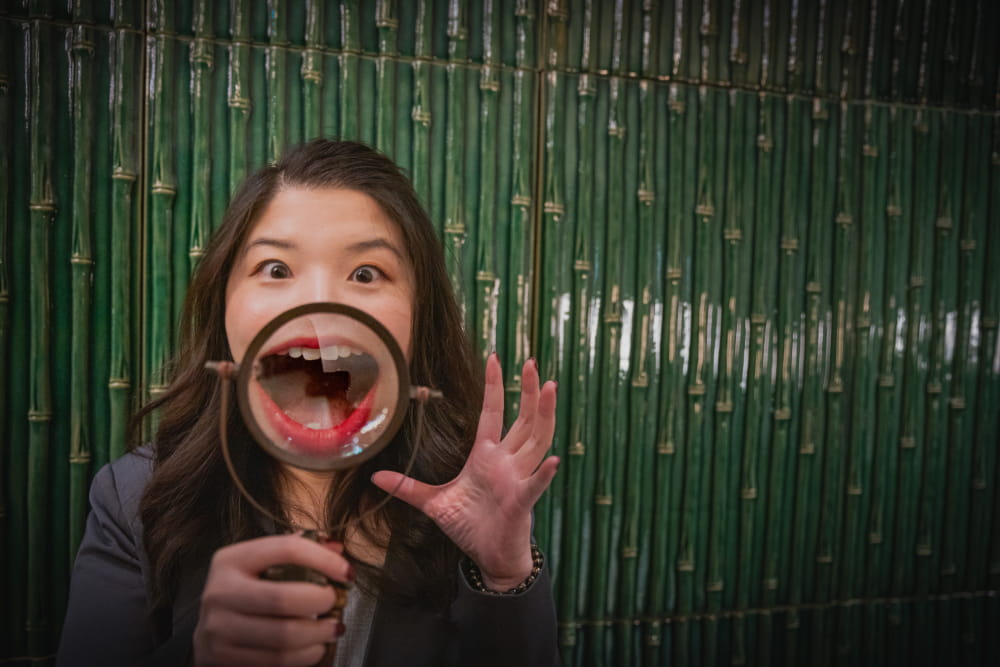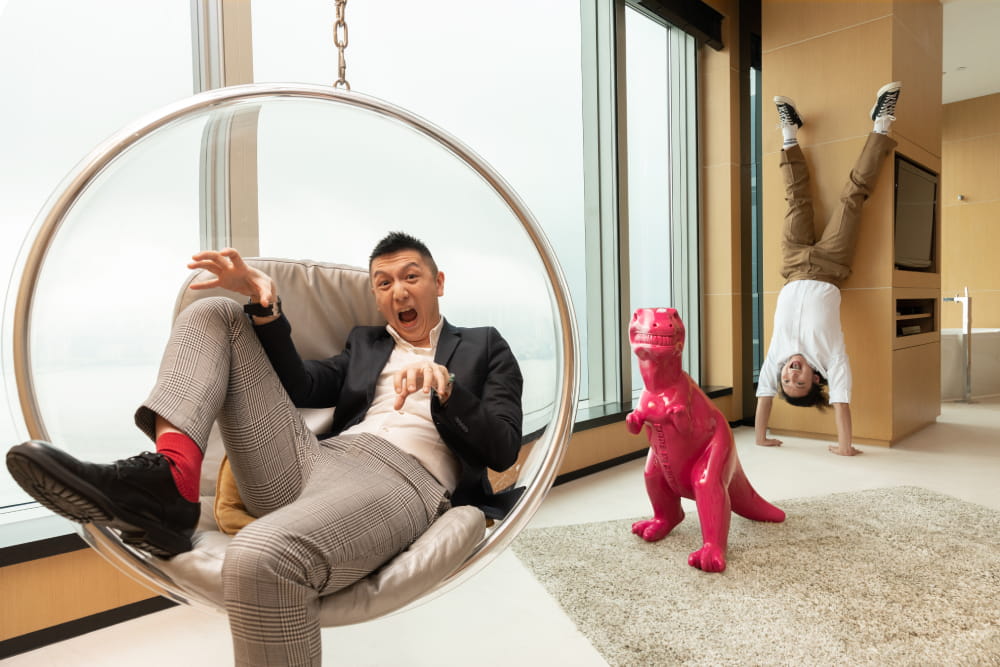The evolvement of the Swire Hotels brands
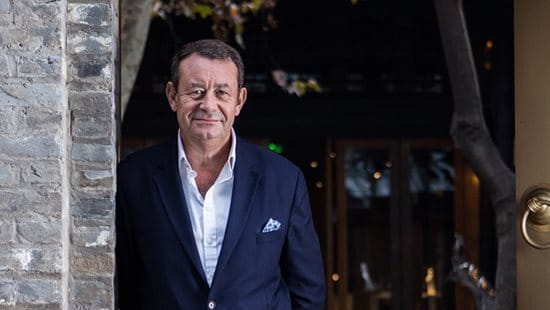
From the outset of the formation of Swire Hotels we have had the good fortune to start with a blank canvas and to have the support, encouragement and creative push of our parent company, the Swire Group, and in particular Swire Properties.
Our young team was assembled from the mainstream luxury hotel brands, but we all shared a passion for thinking that there might be better and ultimately more profitable model to be used in the luxury and business hotel classes.
We all shared a passion for thinking that there might be better and ultimately more profitable model to be used in the luxury and business hotel classes.
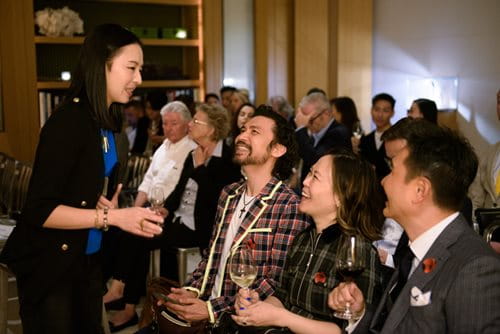
When asked why the mainstream operators always insisted on such large units the answer was obvious. The bigger the hotel the greater profit. These mainstream brand standards dictated multiple F&B outlets, two ballrooms, a 20,000ft2 spa, a large lobby, ground floor entrance with Porte cochere etc., even if the market conditions in that city didn’t justify it. This type of large-scale accommodation had become the standard and developers could not ignore the trend. However, to a developer in Asia, hotel investment ranks at the lower end of the investment return scale in comparison to other property asset classes such as investments in office, residential and retail spaces.
The questions asked of us therefore were: Could we develop a smaller hotel in a mixed-use development that used less real estate and smaller facilities while still delivering a ‘golden halo’ to the mixed-use development that would attract the target customer? Simultaneously, could we develop a business class hotel in ‘off centre‘ office hubs that would appeal to a new breed of business travellers?
Our team considered these questions and looked towards the future rather than the past. We saw a new generation of travellers emerging. Young wealthy and growing middle class Asians, many of whom had studied overseas and had experienced new alternative styles of hotels. We researched these increasingly affluent customers and found some anecdotal comments such as ‘we don’t want to stay in the type of hotels our dads stayed in!‘
‘we don’t want to stay in the type of hotels our dads stayed in!‘
Prior to the 1990s the main-stay customers for luxury hotels in Asia were corporate executives from the financial services industries. But it was clear to us from our previous assignments that the banks would increasingly no longer be mandating luxury hotels for their travelling executives.
This bode well for our EAST brand of lifestyle business hotels but our future customers for The House Collective would be from different backgrounds, more creative industries and with less rigid T&E policies. Industries such as music, media, fashion, art, entertainment, design, sport and entrepreneurial. We also speculated that once the hotel was known as the hotel of choice for the creative industries then financial industries may choose to stay on their own time and own accord.
We looked at other luxury hotel groups operating standards and considered what we could change, what we could do differently that would enhance the customer experience. For check in, could we do away with the traditional reception queue etc?....yes, use technology and advanced planning to check every guest into the hotel in their room or in the lift on the way up. Could we be more flexible on late check out? Mostly yes ...just leave and let us know when you’ve gone and we will email your receipt to you.
And what about all those ‘free‘ goodies that some hotels leave festering in your room; the fruit basket (with the fruit flies), the chocolates , the 6:00pm turn down amenity, the welcome tea. Could we do away with it all? Do customers want their room cluttered with stuff, do they want constant knocks on the door with welcome this and welcome that when after a long haul flight all that they want is some down time, literally?
So we decided our Maxi Bar would be free. Free espresso, free teas of many sorts, snacks and biscuits and soft drinks and beers. We would provide a cellar of full sized premium wine bottles that would be available but charged.
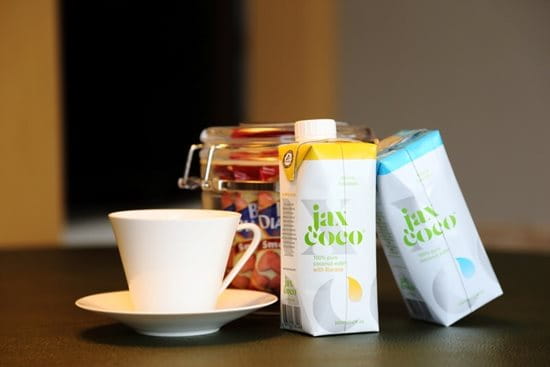
There were other aspects of some hotel group policies that riled our future customers. You pay US$30 for breakfast but this wouldn’t include an espresso or a cappuccino. On check out the controller had dictated that when the receptionist asked the question ‘did you have anything from the mini bar?’ And if the response was ‘no’ then the poor receptionists were required to ask the customer to wait whilst he/she rang housekeeping to check if the customer was lying. At Swire Hotels we asked that the front page of the Controllers manual stated that, in addition to the obvious purpose of strong financial controls, that the purpose of the manual is assist front line staff to deliver exemplary and unnecessarily complicated customer service.
At EAST we looked at the business hotels offered in our competitive environment. What do most business travellers look for in a hotel: comfortable bed and high quality bed linen, hot and strong shower (and in some markets a bath), good lighting , lots of natural light, plenty of power points and multiple sockets, very strong and free WiFi, a kettle (a coffee machine a bonus) and good sound proofing . Easy check in and check out, possibly done remotely.
But looking again at our future customer there were definite shifts in habits. We needed more communal work spaces so we created ‘Domain‘ for that purpose, a multi-use space combining lounge, business office, coffee shop, takeout and co-working areas. A standout rooftop bar would be a winner and one simple all-day dining restaurant was the solution, knowing that many of our customers would head out for dinner to enjoy the local flavours and sights. A gym was a must as well as space allowing for a terrific pool.
We looked at employee uniforms cognizant that the employee wearing that uniform acts as it is intended to be, a type of costume in a play.
We wanted our teams to look and feel relaxed (but act professionally of course) and trainers became part of the uniform to the shock of some other more conventional hoteliers.
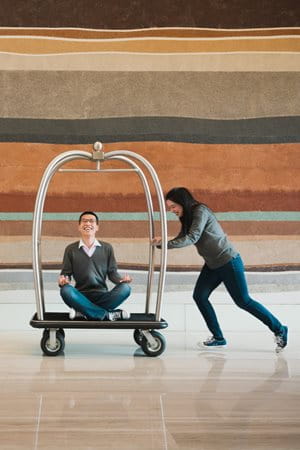
Our concepts for the restaurants and bars at both The House Collective and EAST were aimed to appeal to in-house guests and locals alike. Our customers told us they didn’t want an environment of jet lagged business executives as co diners / co bar customers. They wanted to feel the buzz of the city they were in and we were able to bring this environment to life.
Local artists were curated for each property and ongoing community programmes, artistic events, and a tailored individual ‘Up Close‘ programmes for our like-minded customers to meet each other.
Finally, and what we believe most importantly, we thought about what type of service delivery we wanted and how we could reinforce this through a people philosophy tailored to enhance the customer experience.
We recognised that some customers still wanted traditional service but this was being provided by our competitors. Our future customers told of us that they were looking for a more informal (though still technically perfect) service style, more relaxed and less rigid.
We didn’t create speech scripts for what to say and when, we encouraged spontaneity and thinking and a culture of empathy.
We trusted our mostly young team to think for themselves and act proactively in order to enhance the guests’ stay at our hotels.
Our entire people philosophy was built around this. We believed that if we created a positive, energetic, less bureaucratic environment for our team members, and were more tolerant of honest mistakes then we would create a positive osmosis for healthy and transparent growth.
As we expand, we will continue to reinforce our brand ethos and our people philosophy including reinforcing our credentials for environment and sustainability. Many of our recent developments and many of our future ones are now incorporating branded residences and branded serviced apartments, in line with the needs of our customers for longer stay or second homes entrusted to the brand they have grown to trust and admire.
One question to be answered is what is a brand? And when does it evolve?
The naming of the corporate brand of Swire Hotels was straight forward. Swire Hotels as a name is really a ‘B2B ‘ brand but our consumer brands are really the individual hotels themselves. We chose to ‘endorse -brand‘ The House Collective (in a similar way to say Aman, Luxury Collection, Oetker, LVMH, RF) because our customers told us they are not looking for ‘cookie cutter’ products but want individuality and a sense of the city they are in while still trusting in the endorsement of the brand’s ‘DNA’. Thus we have The Opposite House, The Upper House, The Temple House, The Middle House and more Houses to come. Individual, creative, small scale (around 100 rooms), great restaurants and bars, top notch spa gym and pool, in a location hard to beat, and with our standout employees.
For EAST we adopted a slightly different strategy with a primary branding of EAST Hong Kong, EAST Beijing and recently EAST Miami with further EASTs to come. The reason for this was a clarity in the corporate/OTA and negotiated markets.
When we opened EAST Miami, we considered ourselves to be an ‘unbranded‘ hotel to the extent that this was our first in the US and many other hotels in the city were primary branded.
We eschewed some traditional marketing methods and focused on communicating to our target customers in a more personal and individual way. We didn’t believe that our customers for The House Collective would be motivated by ‘earn and burn‘ loyalty points but they told us that personal recognition, personal contact, as well as getting to know our teams would preferable.
The results speak for themselves and all down to our talented, enthusiastic and fun team members.

